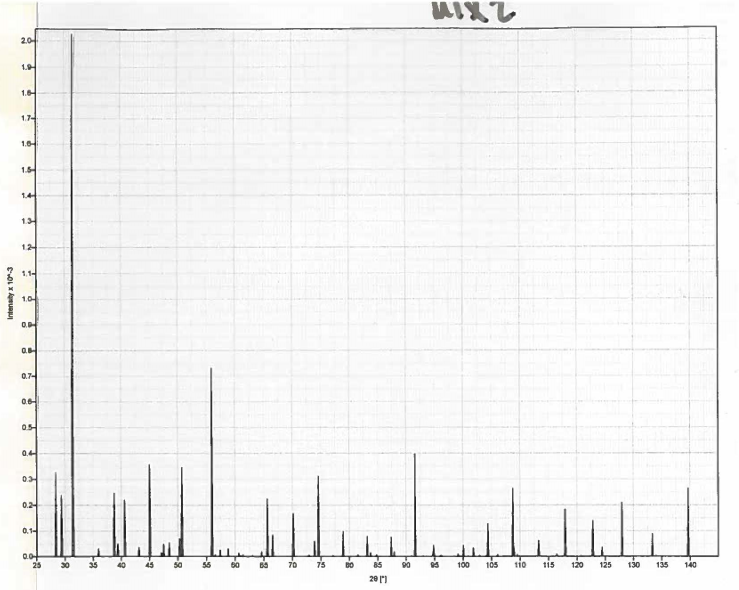
#CRYSTALDIFFRACT DATABASE HOW TO#
This help file covers how to format a query, search and output data.
#CRYSTALDIFFRACT DATABASE MANUAL#
> 85,000 records for quaternary and quintenary compoundsįor more information see the Manual ( file link) which covers information on the fields available in ICSD, and the more in depth help file (accessed through our ICSD resource - requires authenticated access).The database (2021.1) currently contains: Only data which have passed thorough quality checks are included. The ICSD data are of excellent quality and its first records date back to 1913. Keywords on methods, properties and applications.



CrystalMaker also includes a companion program, CrystalDiffract LE. Experimental inorganic structures, which can be: either fully characterized where the atomic coordinates are determined and the composition is fully specified or the structure is published with a structure type so that the atomic coordinates and other parameters can be derived from existing data. CrystalDiffract can now import observed diffraction patterns in the CSV ('comma-separated variable') file format. Besides building crystals from your own data table, the program imports many.Instead, we develop native applications for each platform, using the official developer tools, designed to take full advantage of your hardware and operating system, to deliver an elegant, rich and seamless user experience. The database contains the following types of crystal structures: We do not use 'lowest-common-denominator' cross-platform porting technologies. The Inorganic Crystal Structure Database (ICSD) is the world's largest database for completely identified inorganic crystal structures, provided by FIZ Karlsruhe GmbH for the scientific and the industrial community.


 0 kommentar(er)
0 kommentar(er)
